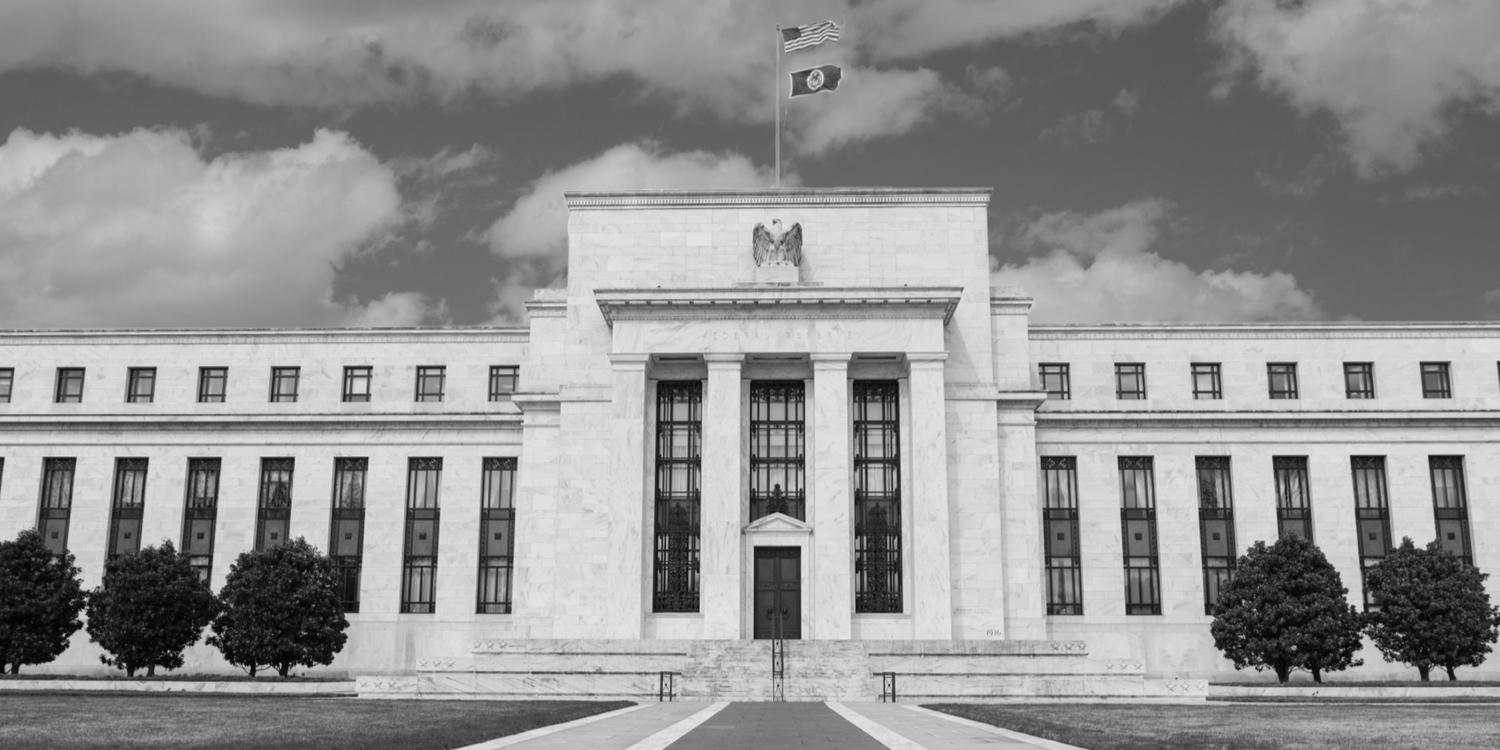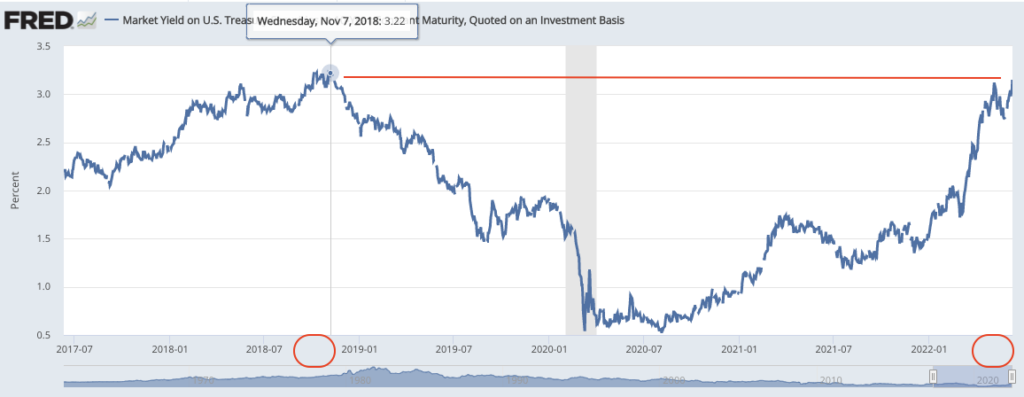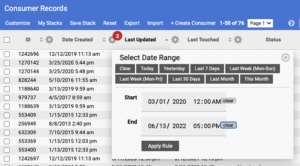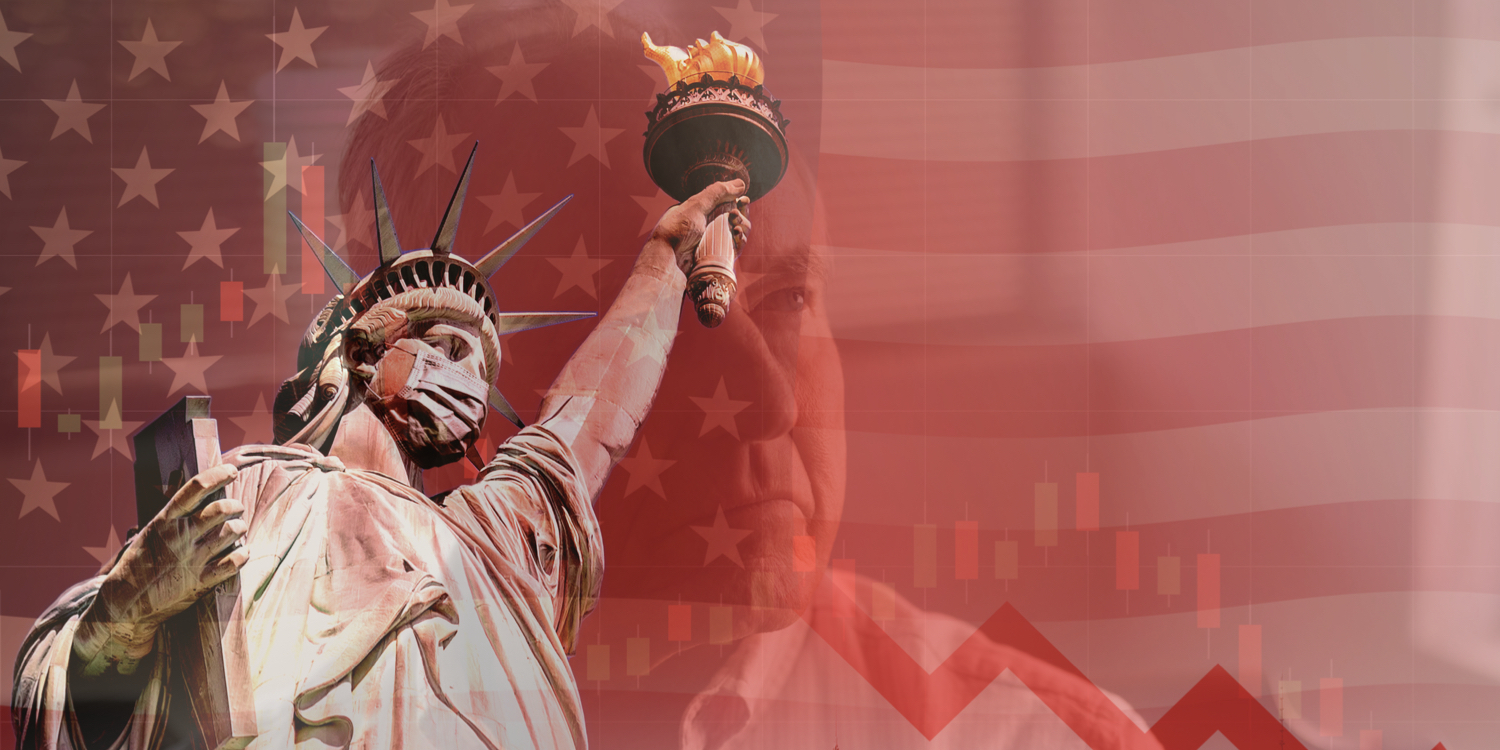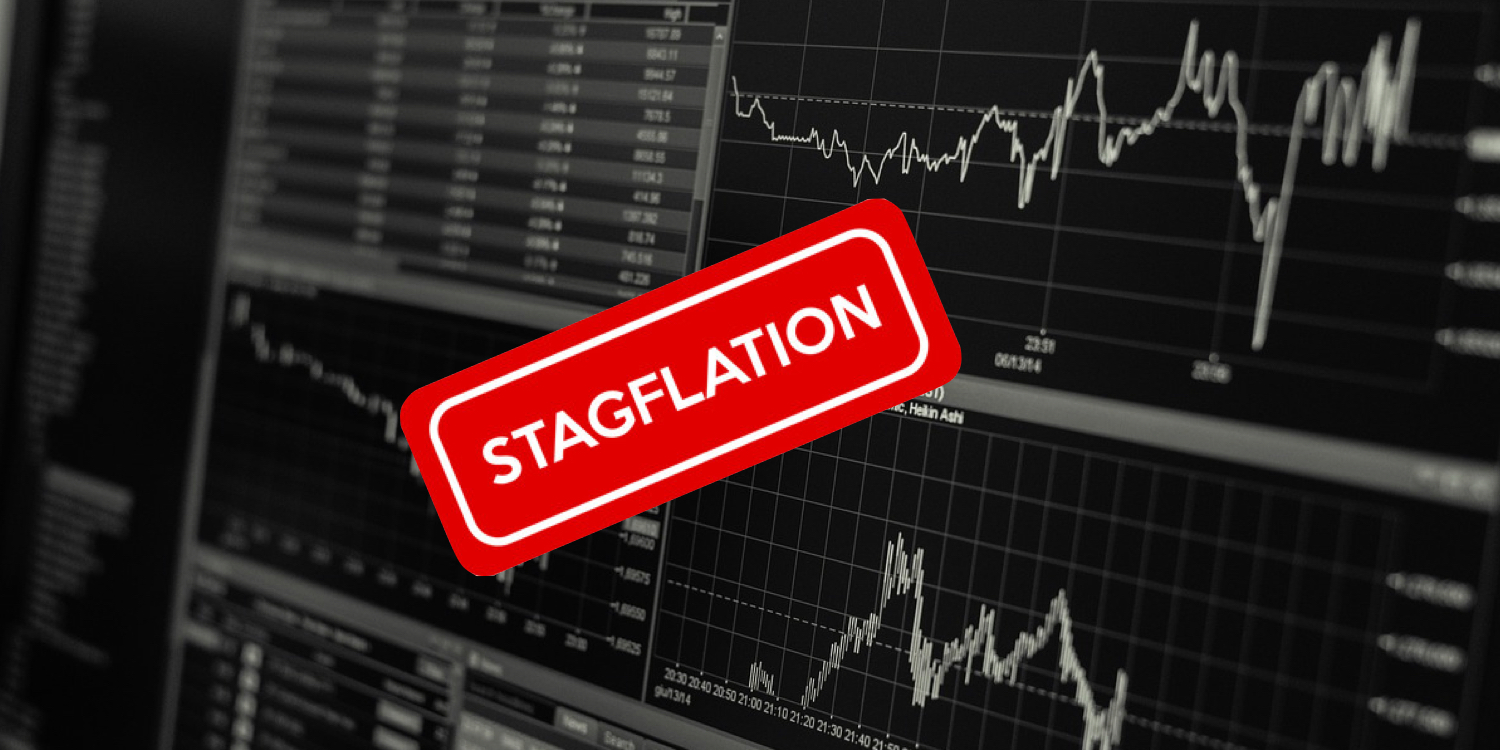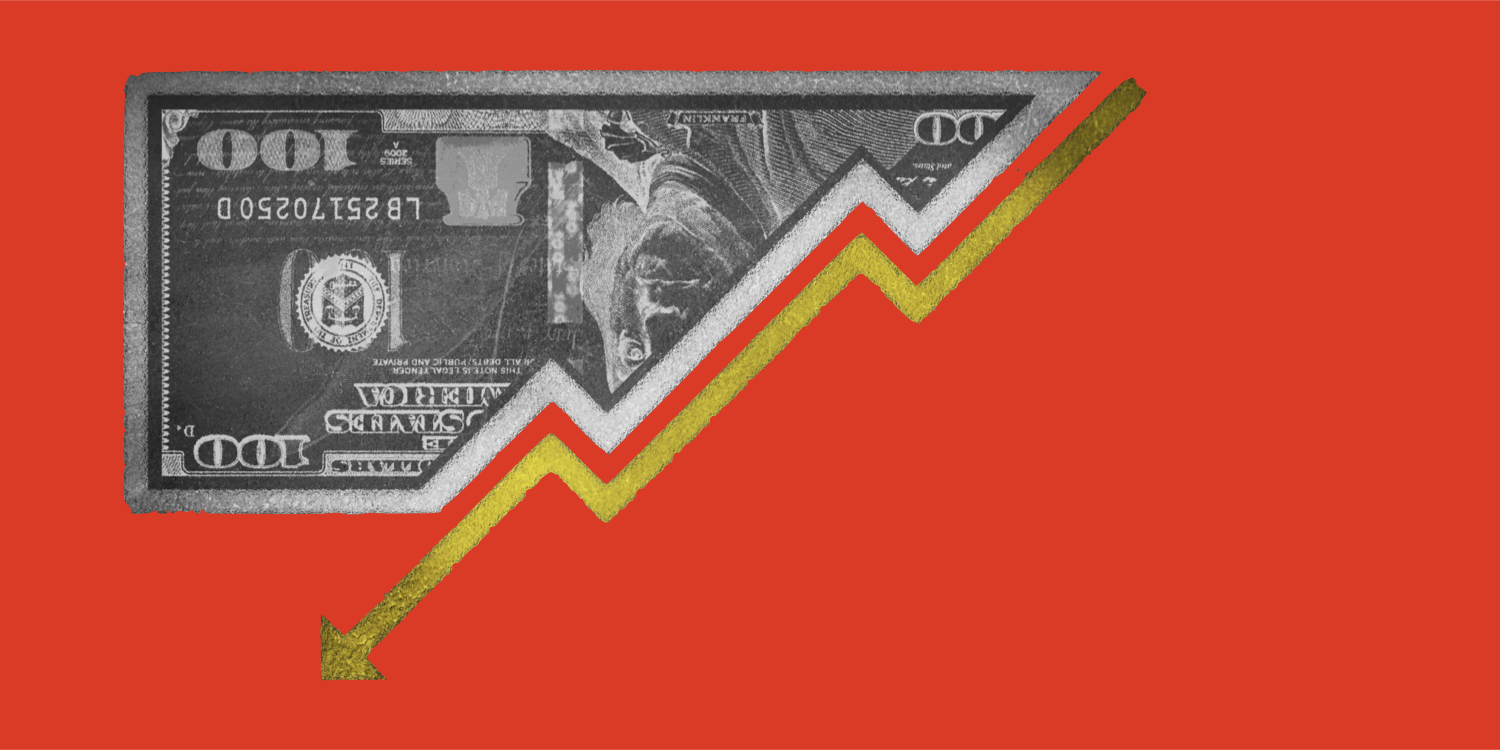Equity-rich homeowners find themselves squeezed between inflation and a volatile stock market
We should never forget that today’s economy isn’t just a hardship for retirees, for many it’s an outright nightmare. Older Americans are seeing their purchasing power evaporate as they ratchet up retirement withdrawals in the effort to stay afloat. Older renters who don’t have a nest egg of home equity built up are feeling the worst effects of inflation.
[read more]
The Pensacola, Florida station WEAR-TV reports one 64-year-old retiree, Ruby Gilbert, is going back to work and is looking for a job after the rent on her Lantana, Florida apartment was increased from $1,450 per month to nearly $2,000.
Inflation has another insidious side-effect; reduced retirement savings. Many pre-retirees have reduced or halted their automatic retirement savings investments finding life is getting just too expensive to save for tomorrow. The impacts of depressed savings will be felt in the next five to ten years.
All is not lost, however. In fact, one group of retirees may unwittingly be sitting on top of a potential solution to their inflation-driven cash flow woes. Homeowners. Some of the same policies that led to a surge in domestic inflation also inflated home values. And that’s good news for seniors on a fixed income who feel the brunt of inflation with housing, food, energy, and gasoline accounting for 75% of a typical senior’s budget. The challenge is the growth in home values that may help older homeowners has also damaged the overall housing market.
The run-up in home values has become so absurd homebuyers are finally deciding to stand on the sidelines. That’s not surprising considering the recent surge in 30-year fixed-rate mortgage rates coupled with peak home prices has made homeownership unaffordable for millions. Once again the housing market would have been relatively undamaged by a sudden rise in home mortgage rates if home appreciation grew at typical rates of 3%-4% a year. However, the Fed’s policies stoked another irrational white-hot housing market.
That leaves retirees facing uncertainty. For example, the S&P 500 index closed down 18% year to date while Moody’s Analytics data suggests the average home value is inflated by 24% with values outpacing income growth. In such circumstances, older homeowners are being squeezed on all sides with a declining retirement portfolio, inflation, and hundreds of thousands of dollars in equity that could begin to erode this year. Right now it’s too early to tell if we’ll have a housing market crash or a correction but mark my words, we will have one or the other. Housing prices cannot remain at these inflated values without the support of underlying economic fundamentals. Home sales have fallen four months in a row while the number of new home listings is surging across several key U.S. metros. And there’s a dirty little secret hiding in plain sight. The U.S. Census Bureau reports that 13.4 million Americans are either currently in default on their home payments for a mortgage or rent. Nearly 5 million of these households will be foreclosed on or evicted in the next two to three months. While these displacements are genuinely tragic they will substantially increase housing inventory putting pressure on home prices and rental rates.
Ironically loan delinquency rates are down 1.93% month-to-month and 42% less than they were one year ago according to Black Knight data. If the U.S. enters a recession, which seems a likely outcome, expect to see foreclosure start and filings surge. All things considered, older homeowners with considerable equity stand best-prepared to cope with the increasing cost of living. The question is are they aware of their options?
Census Bureau housing foreclosure & eviction data
[/read]




